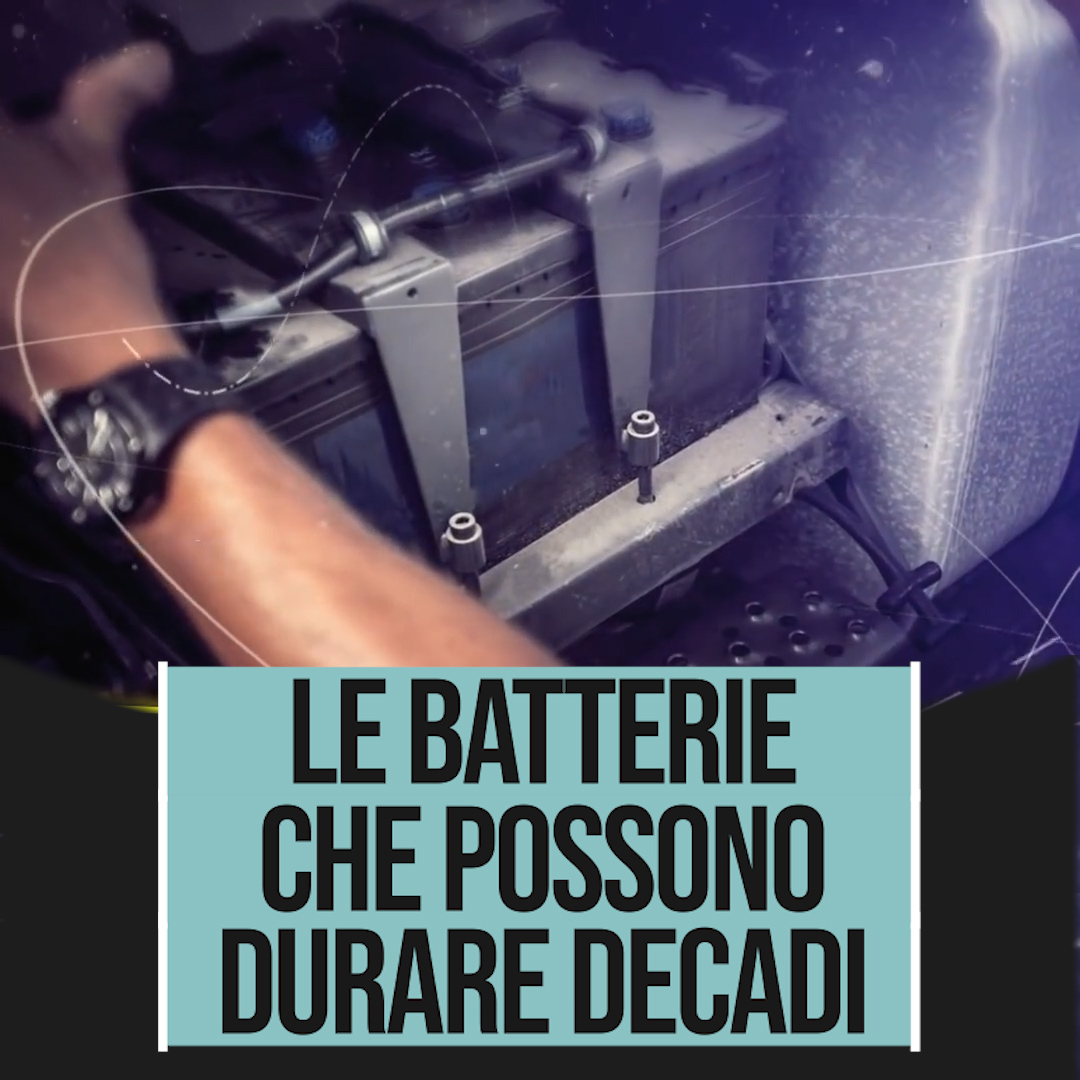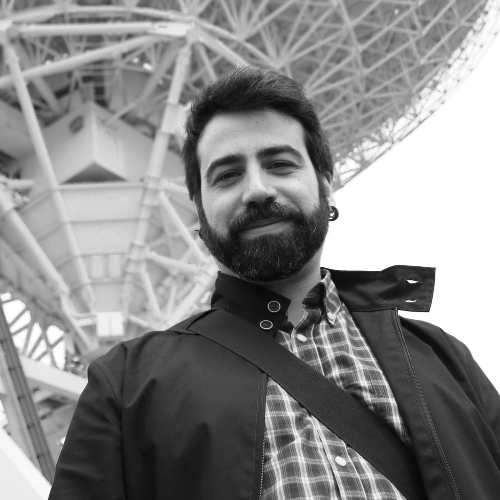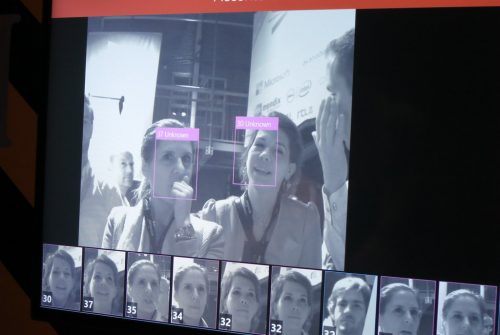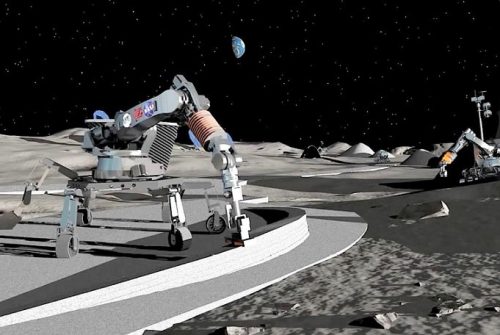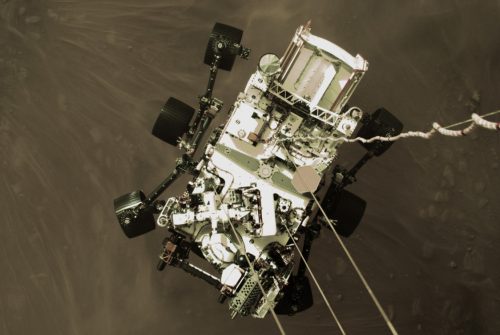From lithium batteries to nuclear batteries: a revolution in energy?
30 May 2019 | Written by Alberto Laratro
Lithium batteries are the basis of mobile devices, a technological blessing and an environmental curse, what is the future to power our devices?
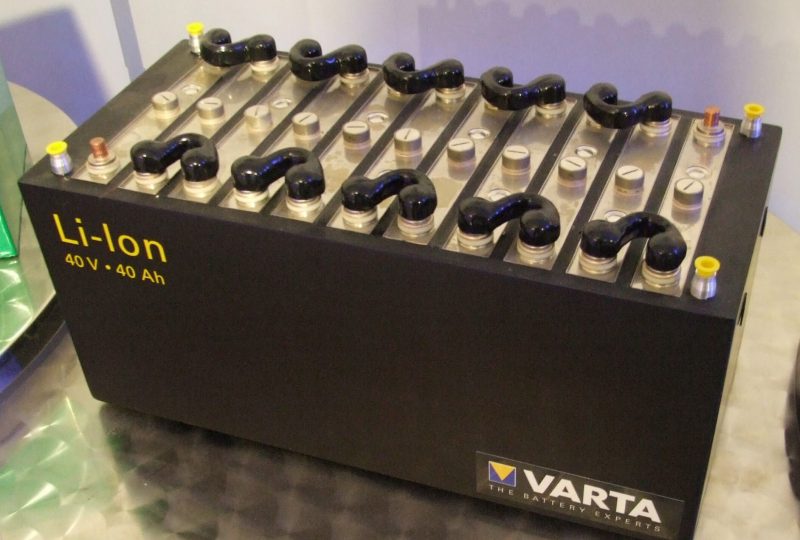
Are you reading this article from a smartphone, or from a laptop? In both cases, if you are doing it, you’re gradually and slowly deteriorating your device’s lithium-ion battery. Don’t worry, don’t stop reading, it’s not this article itself that has the power to drain them, it’s their natural life cycle. But what is special about these batteries, used in practically all mobile devices, and why is it important to find alternatives? Could nuclear energy be one of them?
Lithium batteries, an electrifying story. The first lithium-ion batteries are over 100 years old. The American chemist Gilbert N. Lewis invented them in 1912 when he made a curious discovery: some lithium compounds, electrically charged (ionized) were able to retain electricity. At the time these batteries had no practical application, so they ended up forgotten, but the basic principle has been revealed. We will have to wait until the 70s to see lithium-ion batteries in action: they were developed by the military of the Soviet Union and used during the invasion of Afghanistan to power the infrared tracking system of rocket launchers. We can hypothesize that one of these rocket launchers, together with its precious battery, ended up in US hands, which, despite having – without knowing it – the technology to produce it for over 50 years, had to discover how it worked again through the reverse engineering. The grayness of the history of military events does not allow us to know exactly how things went, the fact remains that at the end of the 1980s the Americans also owned working lithium batteries in their military apparatus.
With the spread of mobile technology in the late 1990s and the subsequent boom in smartphones, these batteries escaped the military grip and became the heart of our modern way of communicating and relating to the world. The spread of lithium batteries has been explosive, in 2019 it is expected to use over 50 thousand tons of this material for a market that is worth only 1.7 billion dollars and is constantly and rapidly growing. After all, lithium batteries are everywhere – smartphones, laptops and, last but not least, electric cars – and with good reason. Lithium is a very light metal, these batteries weigh up to 70% less than common nickel-metal hydride batteries: for the same size, they are much more durable and lighter. A panacea for the enormous amount of mobile devices we use today, but a curse for the environments in which lithium deposits are found.
Environmental damage. Lithium is very common on our planet but not in metallic form, being very reactive it is always linked to other elements. Extracting it is a polluting process that requires a lot of energy. The inhabitants of Tagong, a country on the eastern border of Tibet where a leak of toxic waste from the Ganzizhou Rongda lithium mine caused a small environmental disaster, are well aware of this. In Bolivia instead, one of the richest lithium areas on the planet, almost 2 million liters of water are used to extract lithium from salt expanses for every ton of lithium. A high price to pay for one of the aridest areas on the planet that sees farmers forced to import water for their plantations. Lithium is very common also in seawater and its extraction would be much less polluting, but these operations require a huge amount of energy, so as not to make it economically feasible.
TANSTAAFL. The extraction and refining of lithium have a high environmental cost, but it must be borne in mind that the damage caused by these extractions could be acceptable if necessary for the diffusion of a green economy based on renewable energy sources, a fundamental step to take to put a brake on climate change. The problem is complex and the simple solutions do not exist: as the science fiction author Robert A. Heinlein clearly explains in his novel “The moon is a harsh mistress” through the acronym TANSTAAFL, “there ain’t no such thing as a free lunch”, there is always a cost to pay for any benefit.
The cost / benefit ratio of lithium appears to be positive but this does not mean that better solutions cannot be found with innovation. The search to find more sustainable ones is in ferment and the directions that are taken are many, from the recovery of materials from landfills loaded with smartphones and laptops to the development of biological recycling approaches using particular bacteria capable of processing materials. Others see the return – with newer, safer approaches – to nuclear power. One of these could be that of Nuclear batteries developed by researchers at the Moscow Institute of Physics and Technology who use a radioactive nickel isotope to generate electricity. The main advantage? A battery could last up to 100 years, drastically reducing the amount of raw material to be extracted. But how do they work, what are their risks and their benefits?
To find out, watch the video.
